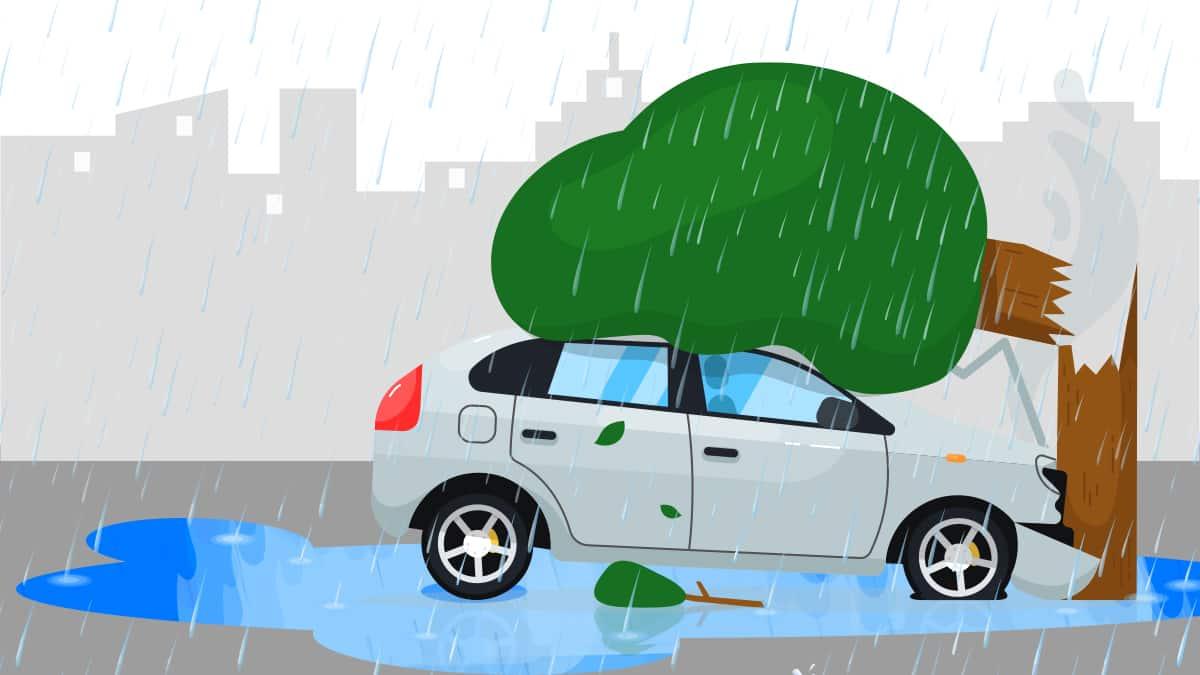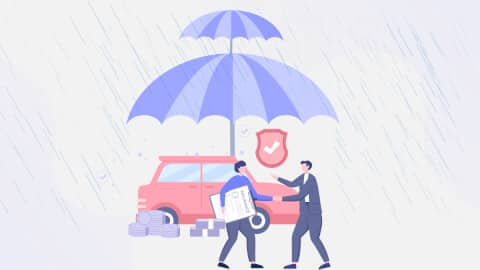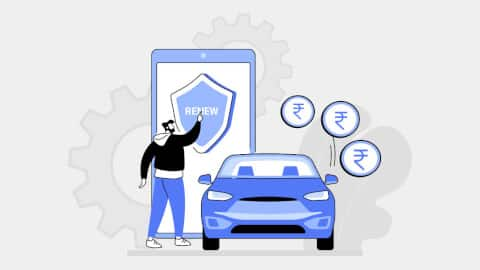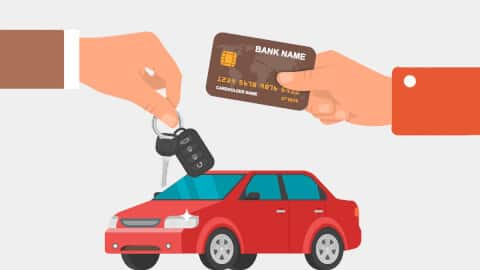1
Feeling Inadequately Insured? 3 Ways To Extend Your Health Insurance CoverWhat's New
Top Car Care Tips During Monsoon
In India, the monsoons mark the end of the summer, bringing a lot of respite for the populace from the scorching heat. And who doesn’t like the idea of going out for a drive to enjoy the sudden improvement in weather? However, even as the change in season brings a lot to look forward to, monsoons also bring a lot of uncertainty and risks, especially when it comes to driving your vehicle. According to several studies, India has been witnessing extreme monsoon conditions over the last few years with extreme precipitation events rising in large parts of the country, especially multi-day deluges leading to large-scale floods. Moreover, during the last two years, India has also recorded eight cyclones causing major damages to personal and public property.
((calculator))
Motor vehicles bear the brunt of heavy rainfall and flooding as moisture and machines have a long-known enmity. Scenes of vehicles almost submerged in water are a common sight in cities and on televisions. When submerged like this, or even while driving through a water-logged road, every moving part of the motor vehicle is at risk of malfunctioning. Driving is also risky during the monsoons as there is a rise in incidents like road cave-ins, potholed and damaged roads, and general low visibility that can lead to accidents and higher wear and tear of the vehicle. This, in turn, leads to higher maintenance costs. And then, there is also a rare chance your vehicle gets swallowed by a sinkhole because someone covered up a well to create a parking spot, as recently happened in Mumbai.
((relatedarticle_1))
Given all these circumstances, it is clear that driving during the monsoons without precautions can be hazardous. And when it comes to protecting your vehicle during the monsoons, you need to take precautions not only while driving but also when your vehicle is parked. Moreover, regular maintenance and having a proper insurance cover are keys to safety on and off the road. Here are a few things you can do to ensure you are covered on all fronts:
Driving
As a general rule, you should avoid driving in flooded areas as it can damage your vehicle. You can also get stuck if the water enters the engine and the car turns off in the middle of the water. In case you cannot avoid driving in a flooded part of the road, it is best to keep moving at a steady speed. Do not accelerate or brake suddenly. Also, drive on lower gears, probably the first and second, and on higher revs. Once through the waterlogged area, you must stop the car but keep the engine running, and pump the brakes a few times to force out any water that must have accumulated. It is risky to keep driving because water in the brakes affects the braking mechanism and could lead to an accident. If the engine stalls while driving, do not try to start it again. Just get the vehicle towed to the service station.
Parking
To ensure the safety of your vehicle during the monsoons, it is a good idea to avoid parking under trees or poles. You should also avoid parking in areas known to get water-logged. If your vehicle is parked in a water-logged area, do not attempt to start the vehicle as it puts stress on the engine and could result in irreparable damage. It's best to tow your vehicle to the service station.
Maintenance
While it is crucial to drive safe and park well, your vehicle would still be in need of some maintenance routine from time to time. This is especially the case during the monsoons. It is of paramount importance to keep your vehicle in good condition to ensure a safe ride. The very first thing to take care of is your car’s brakes, which are prone to damage due to moisture, especially if the brake pads are old. Get them checked and replaced, if necessary. The condition of the tyres, and inflation and air pressure, also need to be optimal to ensure good friction on the road to avoid skidding of your vehicle. To ensure good visibility while driving in the rain, clean your windshield and headlight glass regularly, and ensure the wiper blades are in good condition.
Insurance
It cannot be stressed enough that having your vehicle covered by a comprehensive insurance plan is extremely important. While you can successfully avoid major damages by following the driving and parking tips listed above, and insurance will help you cover the cost if you still, unfortunately, became vehicle unfortunately still becomes a victim of the harsh monsoons. After all, you cannot control everything. Also, apart from a comprehensive motor insurance cover, you should consider add-on covers that may come especially handy during the monsoons. With increased chances of finding yourself stranded due to a malfunction in your vehicle during the monsoons, a roadside assistance cover could be a life-saver. You could also go for the engine protector add-on which would cover any damage to the engine and gearbox caused by water entering the engine.
The monsoons are here in full swing, so it is always better to be safe than sorry. By following the above tips and taking a few precautions, you can make sure that your vehicle is protected, and that you enjoy a safe ride irrespective of the external factors.
((newsletter))














